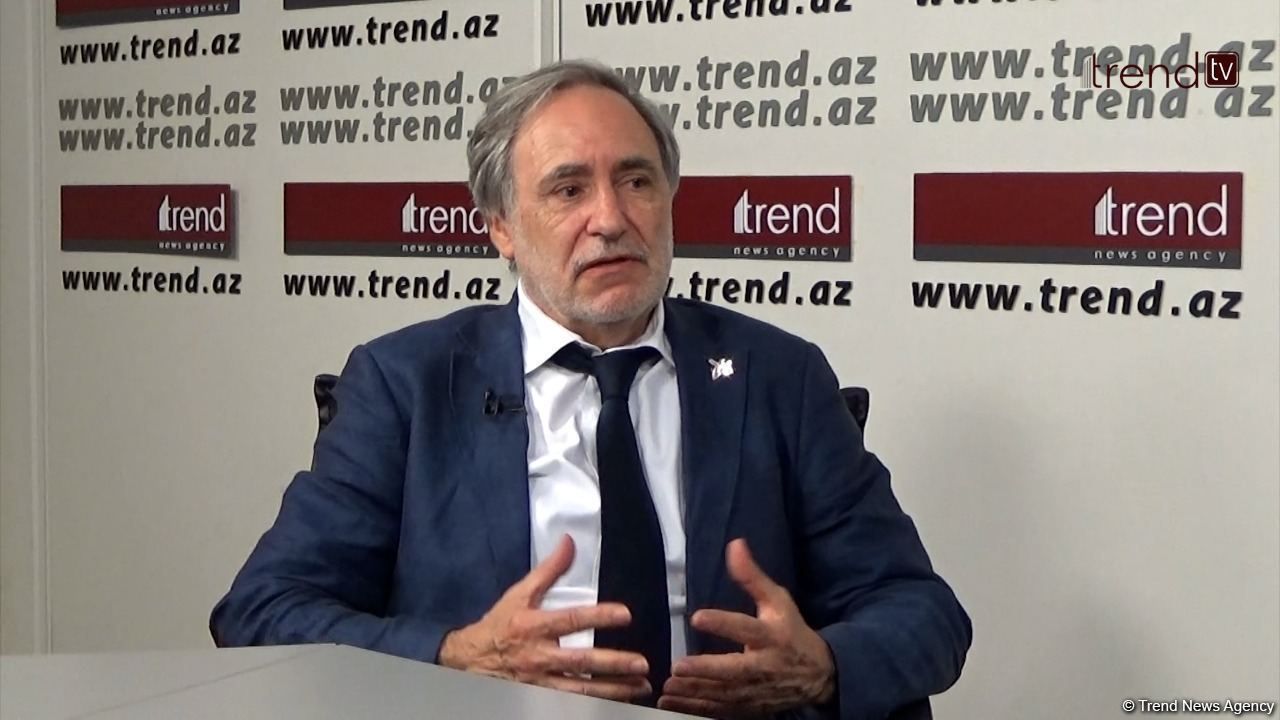Abortion Access Tied to Suicide Rates Among Young Women
— Enforcing restrictions on reproductive care linked with nearly 6% rise in suicide rate

Restrictions on access to reproductive care were associated with suicide rates among women of reproductive age, researchers found.
In a longitudinal ecologic study using state-based data from 1974 to 2016, enforcement of Targeted Regulation of Abortion Providers (TRAP) laws was associated with higher suicide rates among reproductive-age women (β=0.17, 95% CI 0.03-0.32, P=0.02) but not among women of post-reproductive age, according to Ran Barzilay, MD, PhD, of the University of Pennsylvania in Philadelphia, and colleague
Nor was enforcement of TRAP laws associated with deaths due to motor vehicle crashes, they reported in JAMA Psychiatry.
Additionally, enforcement of a TRAP law was associated with a 5.81% higher annual rate of suicide than in pre-enforcement years, the researchers found.
"Taken together, the results suggest that the association between restricting access to abortion and suicide rates is specific to the women who are most affected by this restriction, which are young women," Barzilay told MedPage Today.
Barzilay said their study "can inform, number one, clinicians working with young women to be aware that this is a macro-level suicide risk factor in this population. And number two, that it informs policymakers as they allocate resources for suicide prevention. And number three, that it informs the ethical, divisive debate regarding access to abortion."
In an accompanying editorial, Tyler VanderWeele, PhD, of Harvard T.H. Chan School of Public Health in Boston, wrote that while analyses of this type are always subject to the possibility of changes in trends being attributable to some third factor, Barzilay and colleagues did "control for a number of reasonable candidates and conducted sensitivity analyses indicating that these associations were observed for reproductive-aged women but not for a control group of older women of post-reproductive age."
VanderWeele wrote the findings do suggest that a "not inconsiderable" number of women might be dying by suicide in part because of a lack of access to abortion services, and that "the increase is cause for clinical concern."
But while more research "might contribute more to our understanding," VanderWeele wrote, its role in the legal debates around abortion "seems less clear. Regardless of whether one is looking at potential adverse effects of access restrictions or of abortion, the abortion and mental health research literature will not resolve the more fundamental and disputed moral questions."
"Debates over abortion access are likely to remain contentious in this country and others," he wrote. "However, further steps can nevertheless be taken in finding common ground to promote women's mental health and healthcare."
For their "difference-in-differences" analysis, Barzilay and co-authors relied on data from the TRAP laws index to measure abortion access, and assessed suicide data from CDC's WONDER database.
A total of 21 states enforced at least one TRAP law from 1974 to 2016. Annual rates of death by suicide ranged from 1.4 to 25.6 per 100,000 women of reproductive age (ages 20 to 34) and 2.7 to 33.2 per 100,000 women of post-reproductive age (ages 45 to 64), and annual motor vehicle crash death rates among reproductive-age women ranged from 2.4 to 42.9 per 100,000.
The study was limited by its ecologic design and reliance on observational and state-level data, and because it assessed restrictions on abortion rather than the actual abortion rate, the authors noted. Nor did it analyze outcomes by race/ethnicity. Thus, further research is needed to assess whether access is related to suicide risk among these women, they wrote.
Nonetheless, they said the findings "galvanize a growing interest in the macro-level determinants of mental health, and point to a potential modifiable risk factor that policy makers could address to mitigate suicide risk among reproductive-aged women."
Barzilay added that the study "gives us an idea of where to intervene, when to intervene, and in whom to intervene in that specific context."
"I think that for clinicians it's important to be aware of that, and I think that our work provides solid data to support the relationship between the restriction in access and the increase in suicide risk," he said. "Until recently, we may have thought this is the case, may have hypothesized this is the case, but I think that our analysis shows it empirically."
Disclosures
Barzilay is supported by a grant from the National Institute of Mental Health and by the Lifespan Brain Institute of Children's Hospital of Philadelphia and Penn Medicine, University of Pennsylvania; and reported financial relationships with Taliaz Health, Zynerba Pharmaceuticals, and Taliaz Health.
VanderWeele reported no conflict of interest disclosures.
Primary Source
JAMA Psychiatry
Source Reference: Zandberg J, et al "Association between state-level access to reproductive care and suicide rates among women of reproductive age in the United States" JAMA Psych 2022; DOI: 10.1001/jamapsychiatry.2022.4394.
Secondary Source
JAMA Psychiatry
Source Reference: VanderWeele TJ "Abortion and mental health -- context and common ground" JAMA Psych 2022; DOI: 10.1001/jamapsychiatry.2022.3530.
![author['full_name']](https://clf1.medpagetoday.com/media/images/author/MDePeau-Wilson_188.jpg)




.png)











 BMP-2 IFV of the armed forces of Angola / Illustrative photo from open sources
BMP-2 IFV of the armed forces of Angola / Illustrative photo from open sources






